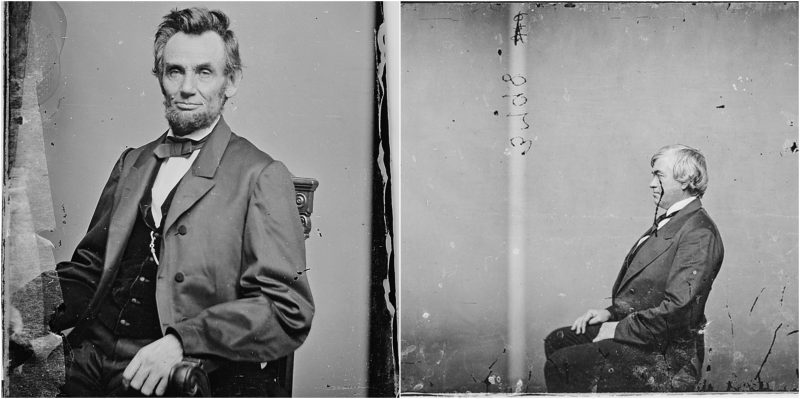Mathew Brady (1823-1896), was one of the first American photographers. He was the most prolific photographer of the nineteenth century. During his life, Brady created a huge and important visual record of the American Civil War period (1860-1865).
When the Civil War began, Bradey was already a successful photographer, and as the war intensified, he came up with the idea of going directly onto the battlefields to take pictures. He wrote a letter to Lincoln asking for permission to visit the battlefields. In 1861, Lincoln approved this under the condition that Brady finances the whole project himself. Brady accepted and soon he found himself in the heat of the battles. Ocassioanaly, he was so close to the action that he was under direct fire and in danger of being captured by the Confederate troops. His photographs of the First Battle of Bull Run were the first that became widely popular.
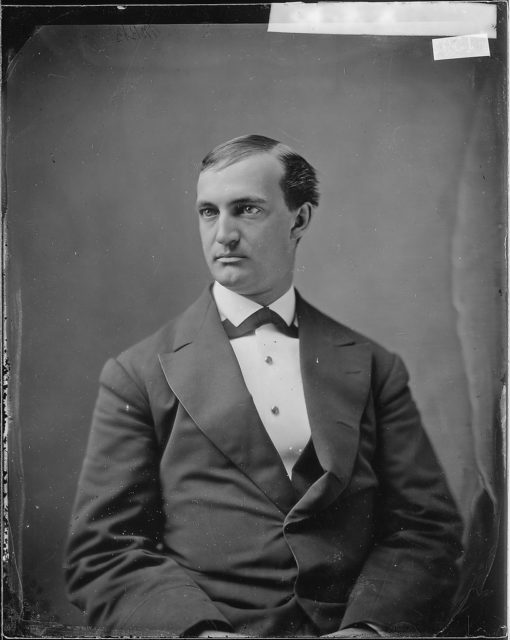
During the Civil War, Bradly had studios in Washington DC and New York City. Regular clients in his studios were some of the most influential politicians and war heroes of the time. Today we have the chance to see them from Brady’s objective. The U.S. National Archives has digitised over 6,000 Mathew Brady Photographs of Civil War-Era Personalities and Scenes. The photographs below are part of a set called “Notable Civilians of the Civil War”. This set includes portraits of public figures such as Walt Whitman, Lincoln himself, Andrew johnson, and few other members of Lincoln’s cabinet. All the photos were taken between ca. 1860 – ca. 1865.
Lyman Trumbull
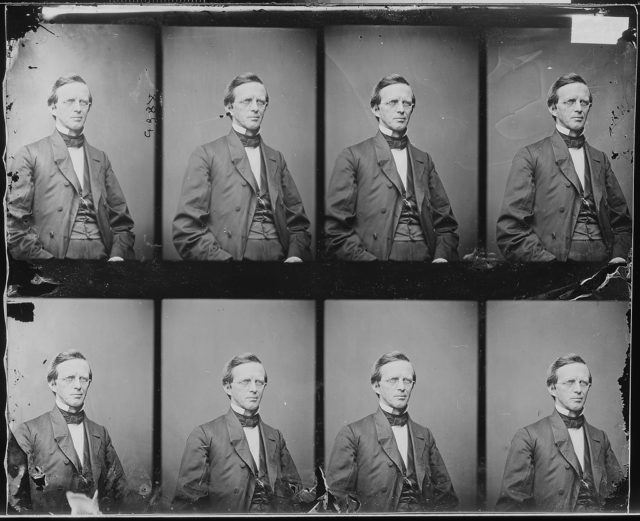
Trumbull was a United States Senator from Illinois during the American Civil War. He became the chairman of the Judiciary Committee (1861–1872), and at this position, he participated in the writing of the Thirteenth Amendment. The Thirteenth Amendment prohibited all kinds of slavery in the United States, besides the use of slavery as punishment for crimes of which a person had been convicted. This later became the “time at hard labor” sentence. This sentence was also a constitutional loophole, and many southern states abused this form of forced labor even in the twentieth century.
Clara Barton
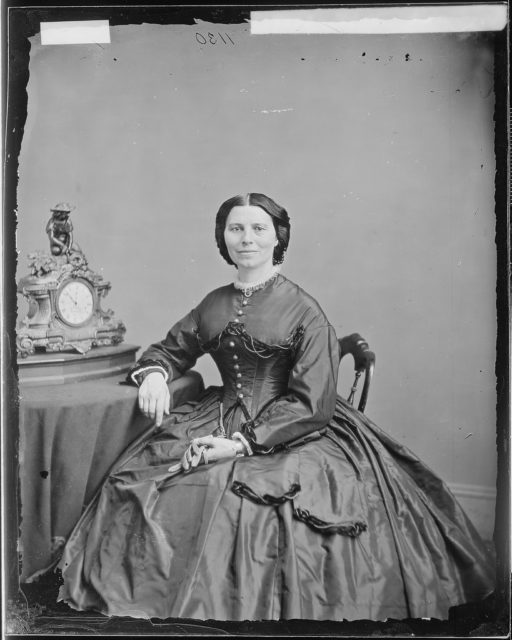
Clara Burton was a pioneering nurse who was directly involved in the founding of the American Red Cross. During the Civil War, she went on the battlefields with a group of women volunteers and helped to distribute stores, clean field hospitals, apply dressings, and serve food to wounded soldiers. She participated as a nurse in several battles including Cedar Mountain, Second Bull Run, Antietam, and Fredericksburg. Union General Benjamin Butler appointed her as the “lady in charge” of the hospitals at the front of the Army of the James (1864). She was known as the “Angel of the Battlefield.”
Walt Whitman
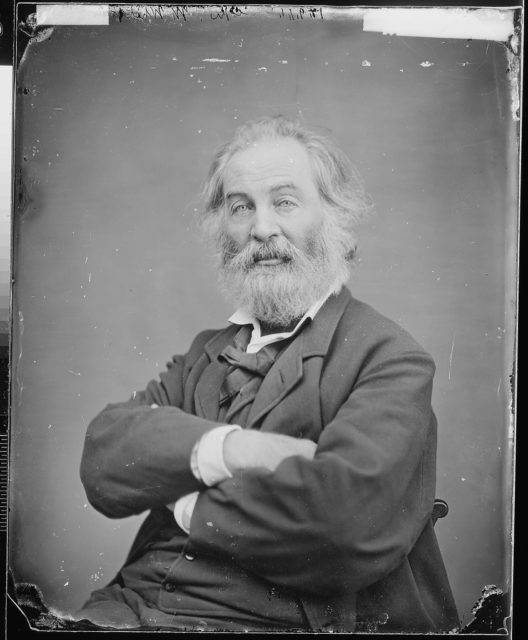
Whitman is probably best known as a controversial American poet, essayist, and journalist. He also took part in the war through his works. At the beginning of the Civil War, Whitman published his poem “Beat! Beat! Drums!” It was a patriotic rally song, calling on the North to mobilise. Later in his life, he wrote “O Captain! My Captain!”, one of his more traditional poems that spoke about the death of Abraham Lincoln. During the war, Whitman got a government job as a low-grade clerk in the Bureau of Indian Affairs in the Department of the Interior. In June 1865, he was fired from this position because of his eccentricity and controversial poetry. A few days later he was transferred to the Attorney General’s office. At the Attorney General’s office part of his job was interviewing former Confederate soldiers for Presidential pardons.
William H. Seward
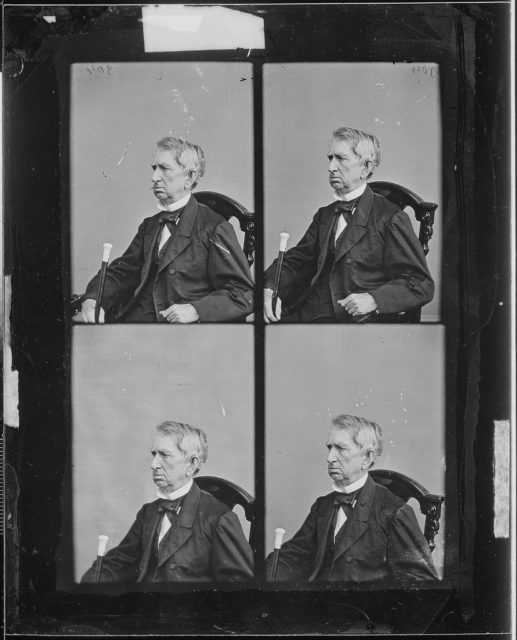
Heward was the was United States Secretary of State from 1861 to 1869. He was a determined opponent slavery in the years before the American Civil War. Heward was one of the leading nominees for the Republican Party presidential nomination in 1860, together with Abraham Lincoln. During the war, Seward’s main goal was making sure that foreign countries did not interfere in the American conflict. After he lost the nomination, although disappointed, he became one of Lincoln’s main supporters and ultimately became his Secretary of State. Seward was also one of the targets of the 1865 assassination plot that killed Lincoln. He was seriously wounded by Lewis Powell. Seward was also instrumental in the acquisition of Alaska.
Gideon Welles
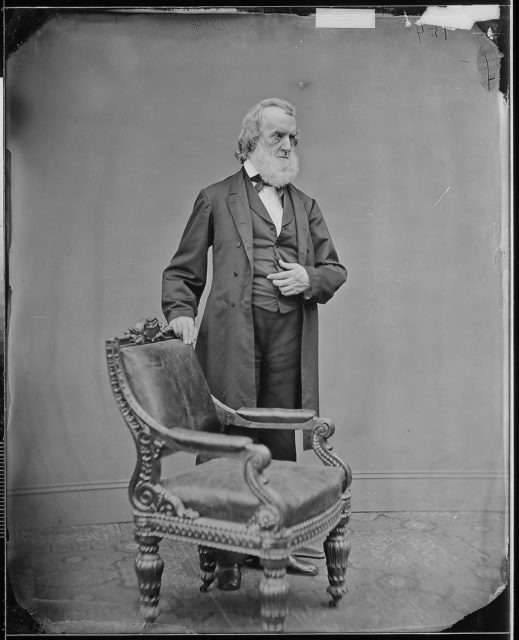
Welles was the United States Secretary of the Navy at the time of the Civil Was (1861-1869). He was given this post by Lincoln during his first election. Gideon opposed the Union blockade of Southern ports, but still he did his duty and blockaded the Confederate coastline, preventing the exchange of cotton for war supplies. During his years as the secretary of the Navy, Welles managed to expand the Navy almost ten times. This is considered as one of his biggest achievements. He also participated in the creation of the Medal of Honor. Lincoln had a suitable nickname for Welles; hi called him his “Neptune.”
Tad Lincoln
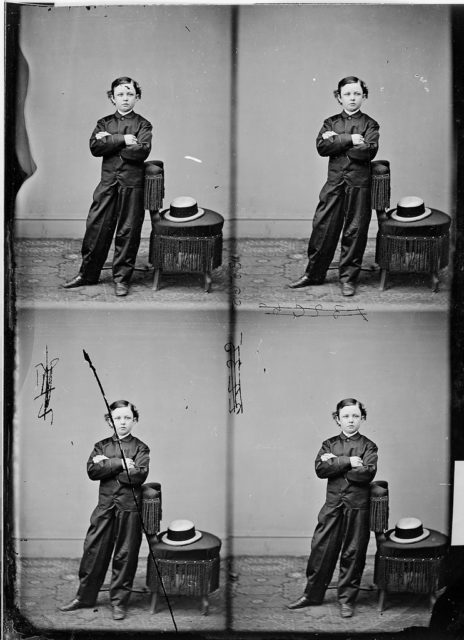
Tad Lincoln was the fourth and youngest son of Abraham Lincoln. He was nicknamed “Tad” by his father because he was “wiggly as a tadpole” when he was a baby. Tad was an impulsive and hardly controllable child. According to some accounts, he had free run of the White House. Allegedly, he interrupted important Presidential meetings and charging visitors to see his father. On April 14, 1865, the dreadful night his father was killed, Tad went to Grover’s Theatre to see the play Aladdin and the Wonderful Lamp, while his parents attended the performance of Our American Cousin at Ford’s Theatre. When news of the assassination came to Grover’s Theatre, the manager made a public announcement. Tad was in a panic and began running and screaming: “They killed Papa! They killed Papa!” Tad Lincoln had a short life, he died at the age of 18 on July 15, 1871, in Chicago.
Andrew Johnson
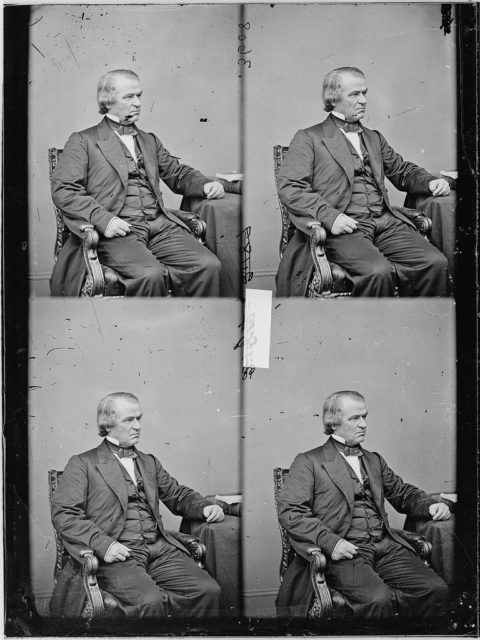
Johnson was the 17th President of the United States (1865 to 1869). Johnson became president because he was the vice president at the time of the assassination of Abraham Lincoln. He came to office at the end of the Civil War. He was also one of the three people that were part of the assassination plot. While Lincoln and Seward were attacked, Johnson wasn’t, because his would-be assassin, George Atzerodt, got drunk. When he heard the news about Lincoln, he immediately went to his deathbed and promised him retribution: “They shall suffer for this. They shall suffer for this.”
Robert Todd Lincoln
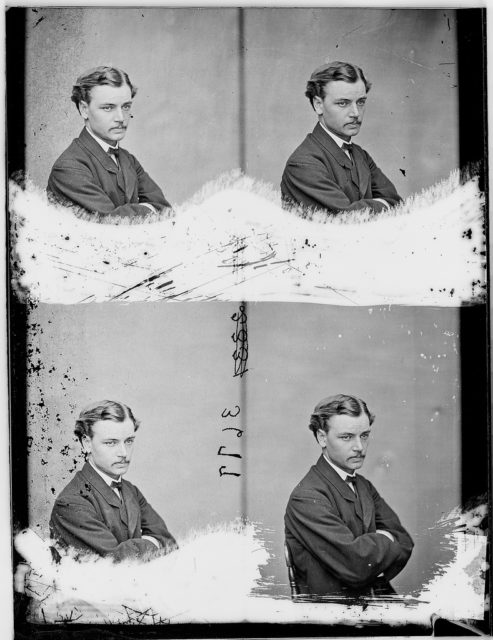
He was the first son of President Abraham Lincoln. Robert was the only one of Lincoln’s four sons to survive and live an adult life. He was also the only member of the family to survive into the 20th century. During his youth, he attended Harvard University. Later, against his mother’s wishes, Robert served on the staff of Ulysses S. Grant as a captain in the Union Army in the final days of the American Civil War. After he finished law school and moved to Chicago following the assassination of His father, Robert built a successful law practice. He became quite wealthy representing corporate clients.
Edward P. Doherty
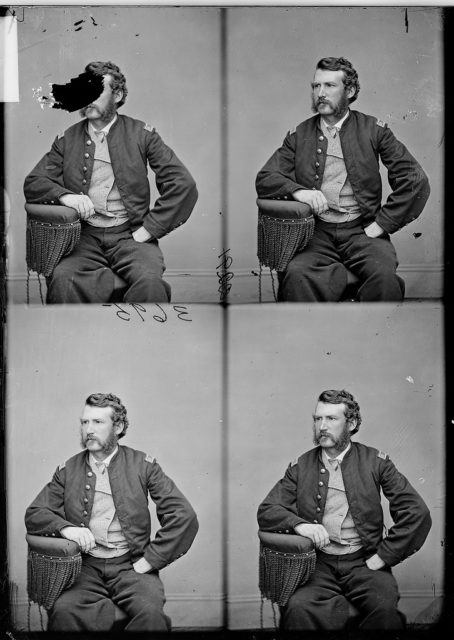
Doherty was the U.S. Civil War officer who was the leader of the detachment of soldiers responsible for capturing and killing John Wilkes Booth, the assassin of United States President Abraham Lincoln. They caught him in a Virginia barn on April 26, 1865, twelve days after Lincoln was shot.
Abraham Lincoln
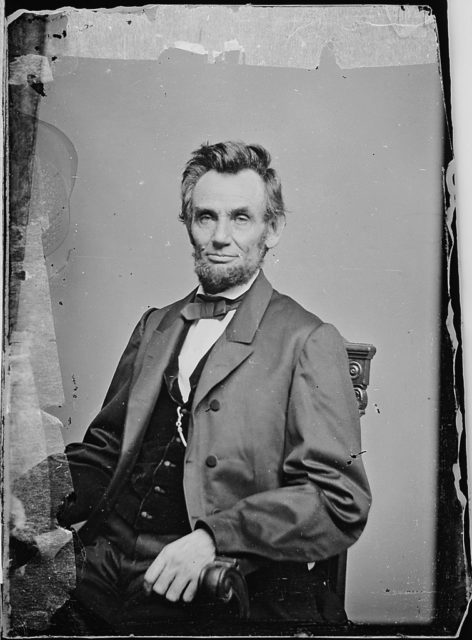
The man himself!
Salmon P. Chase
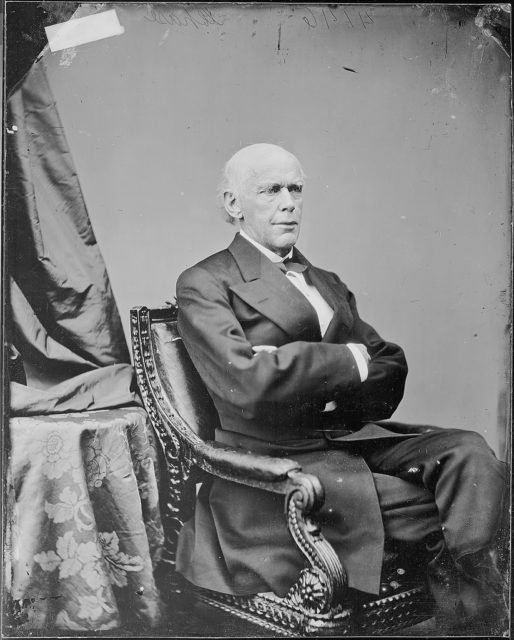
Chase served under Abraham Lincoln as the 25th Secretary of the Treasury. He was in this position during the Civil War, and he managed to strengthen the federal government. Chase introduced the first Federal paper currency and formed the national bank of United States. The greenback demand note was printed in 1861–1862. The design the notes was left to Chase. He decided that his face should be on the money. His face appeared on a variety of U.S. paper currency, starting with the $1 bill.
Horace Greeley
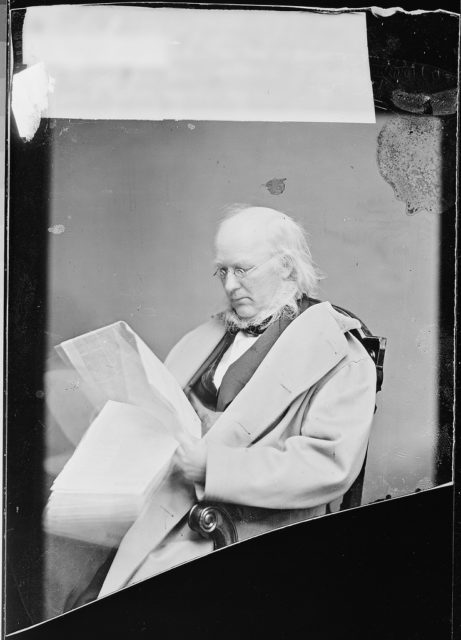
Greeley was founder and editor of the New-York Tribune, one of the greatest newspapers of its time. He was also politically active for a long time. Greeley’s newspaper was a huge supporter of the Union from the beginning of the war.
Cassius Marcellus Clay
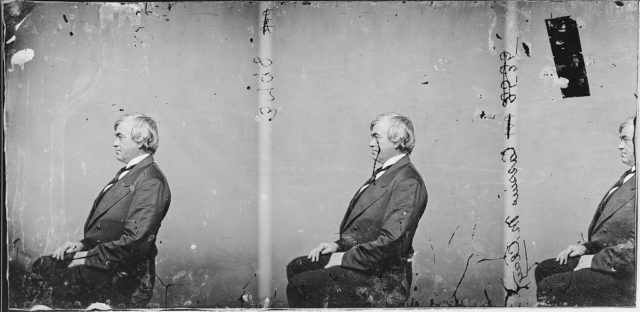
Not to be confused with the Cassius Marcellus Clay that would later become Muhammad Ali. Cassius Marcellus Clay was nicknamed the “Lion of White Hall.” He was a Kentucky planter and politician who was one of the biggest supporters of the abolition of slavery. During the Civil War, He was appointed by Abraham Lincoln as the United States minister to Russia. His main contribution was gaining Russian support for the Union. Among his many achievements, In 1853, Clay granted 10 acres of his land to John G. Fee, an abolitionist, who founded the town of Berea. In 1855, Fee founded Berea College, a school open to all races. In 1862, Lincoln recalled Clay to the United States to accept a commission as a major general in the Union Army. Clay refused to accept this unless Lincoln would agree to emancipate the slaves under Confederate control. Lincoln agreed to do this and issued the proclamation in late 1862, to take effect in January 1863.
Edwin Stanton
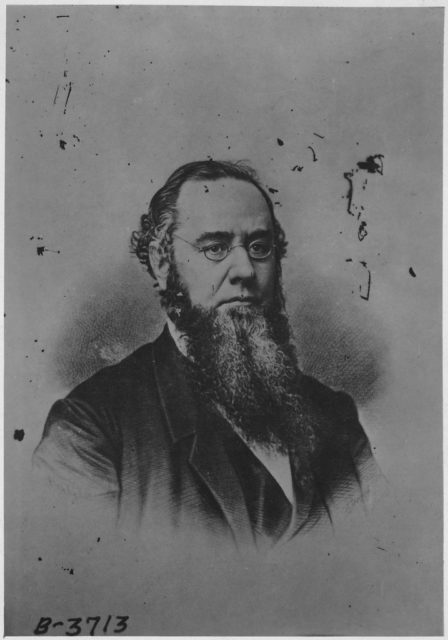
Stanton was the Secretary of War under the Lincoln Administration during most of the American Civil War. Stanton’s micromanagement helped was crucial for organising the massive military resources of the North and guide the Union to victory.
